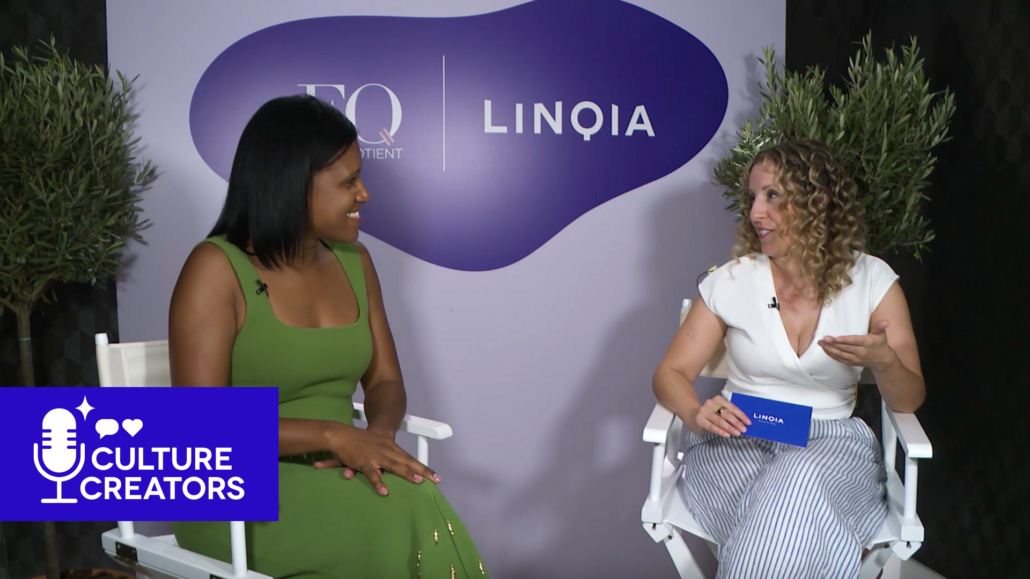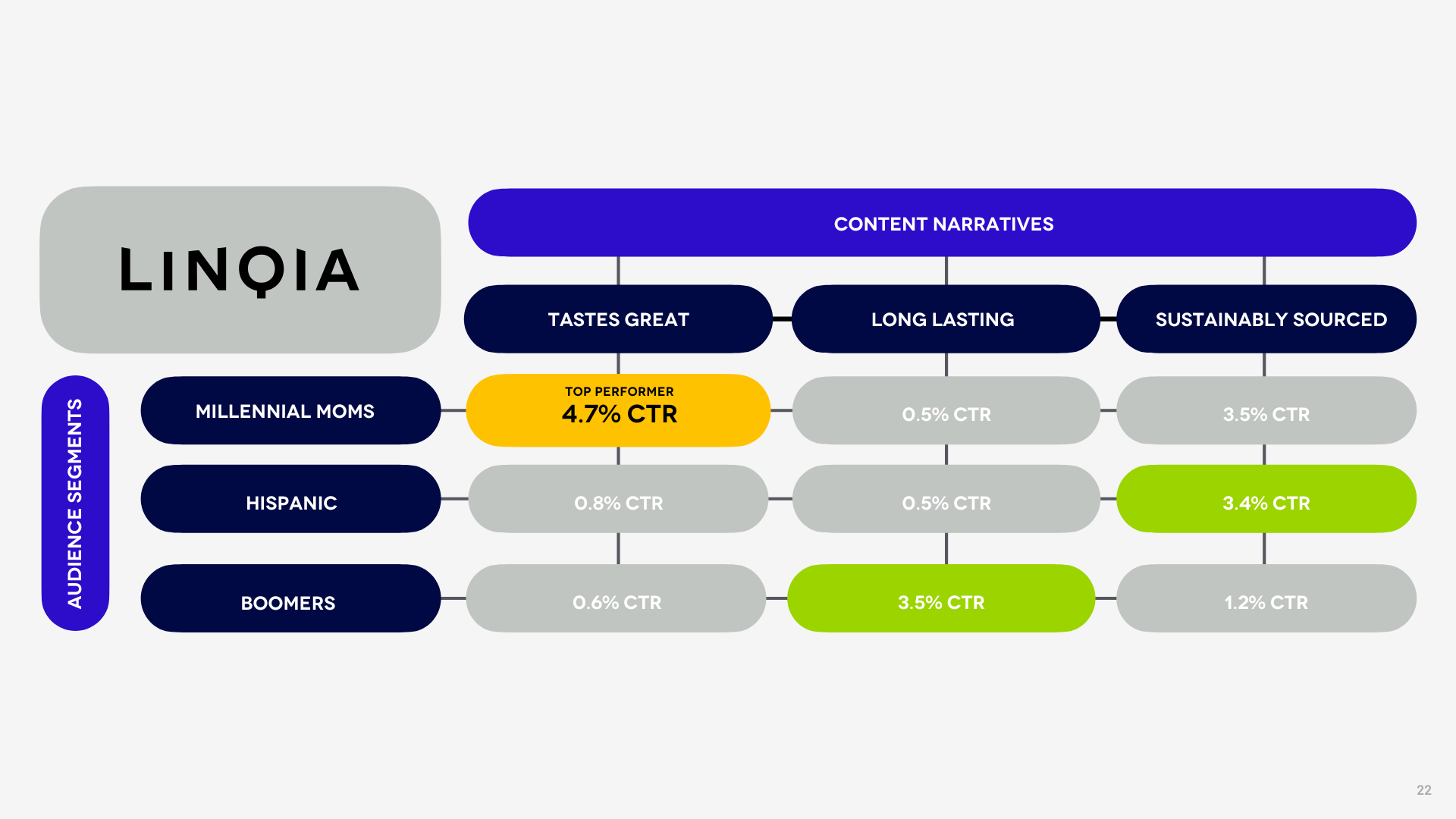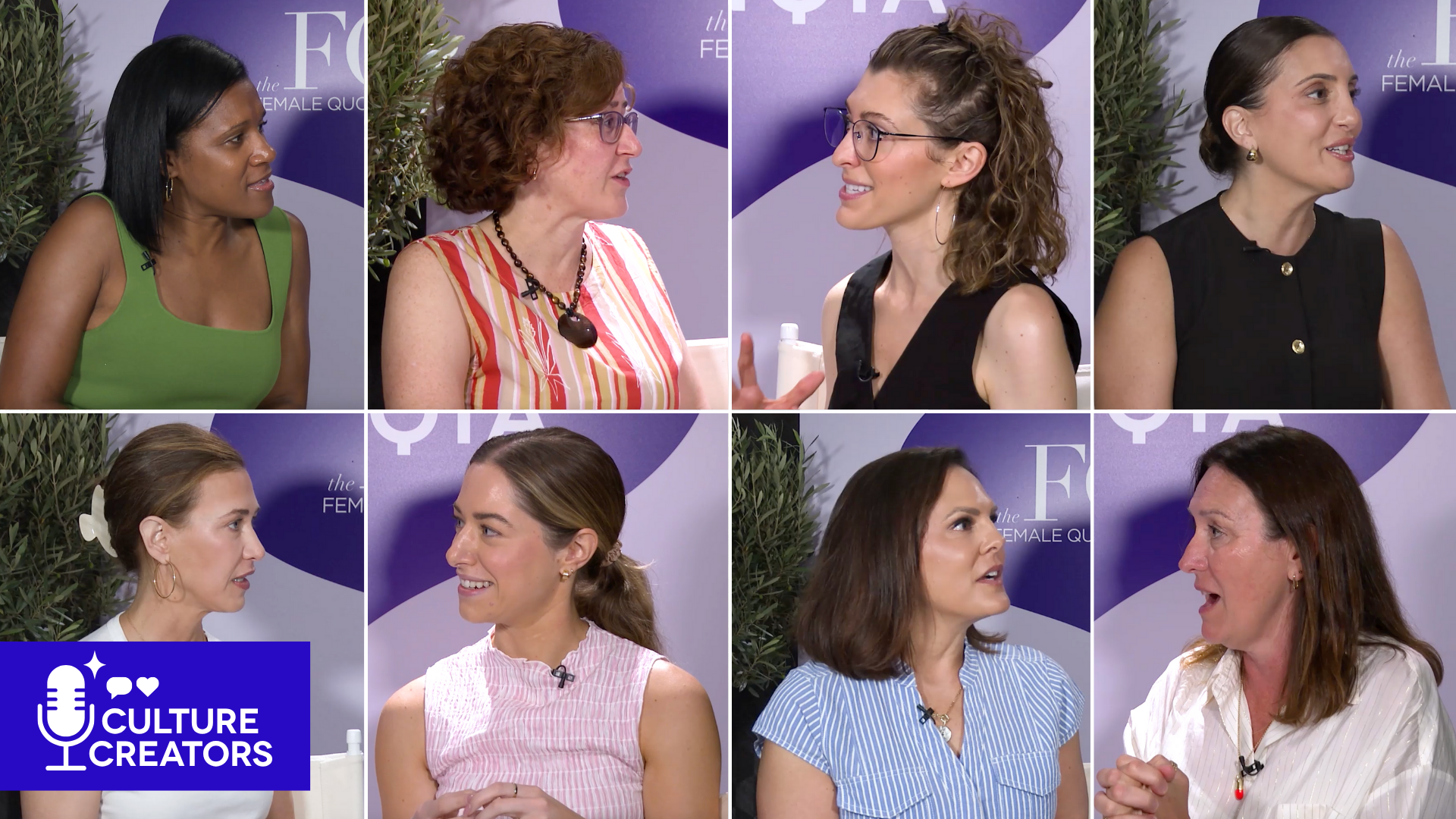How Instacart Uses Grocery Data and Influencers to Stay Culturally Relevant
Jasmine Taylor, VP of Brand Marketing at Instacart, has led brand strategy at companies like Uber, LinkedIn, and American Express. Now, she’s transforming Instacart into more than just a delivery app—positioning it as a cultural brand that shows up in the moments that matter most to consumers.
From nostalgia-driven campaigns to authentic creator partnerships, Jasmine shares how her team is staying ahead of trends and building meaningful connections with their audience.
How do you keep your finger on the pulse of what’s relevant in culture?
We have a bit of an advantage at Instacart; we sit on top of grocery data. That means we can often see trends before they go viral. For example, we’ll notice when quirky ingredients start spiking, and that tells us a trend might be forming. It’s a fun way to stay ahead and know what people are cooking, craving, and sharing.
Once you spot those trends, how do you decide when to act on them as a brand?
It’s all about showing up when it makes sense. We want to be part of conversations that are relevant to people’s actual lives. Once we identify a trend that aligns with our brand and feels strategically important, we lean in, whether that’s through creator partnerships or original content.
Your Summer of 1999 campaign taps into nostalgia in a really thoughtful way. What inspired it?
All of our campaigns start with consumer insight. We noticed a desire for simpler times and a craving for nostalgia, especially among millennials who lived in the ’90s and Gen Z who feel a connection to that era. We wanted to bring back the goodness of 1999, but also tie it into something real, like lower grocery prices and a relevant offer. That combination of emotional storytelling and practical value is what makes it work.
Let’s talk creators. How do you ensure the brand comes through while keeping their voice authentic?
It starts with creator brand fit. We look for people who are already using Instacart or who naturally align with our audience. When you find that right match, it never feels forced. We know our core users–heads of household, busy professionals, students–and we make sure our creators reflect them.
How does influencer fit into your broader marketing mix?
It’s not just social anymore. Creators are their own channel now. We think about influencer as a full part of the marketing mix, and depending on the message and audience, it can show up in a lot of different ways—from CTV to Super Bowl spots. It’s all about using it strategically, just like any other media channel.
What does your FYP look like?
A lot of mom influencers! I’m a mom of three, so I get the whole range—from super buttoned-up moms to the more chaotic, relatable ones. I see myself in both.
If you were a creator, what would your niche be?
Cleaning content, hands down. I love the process of transforming a messy kitchen, organizing the fridge, wiping everything down. It’s my therapy.
What is the best advice for someone starting out in marketing?
Embrace being both left-and-right-brained. Be creative, be analytical, and be open to change. Marketing evolves fast. If you like things that are unexpected and collaborative, it’s the place to be.
For more from our Culture Creators series, head here.
Want more updates? Subscribe to our newsletter at www.linqia.com/subscribe to never miss what’s new in influencer marketing and social media.




